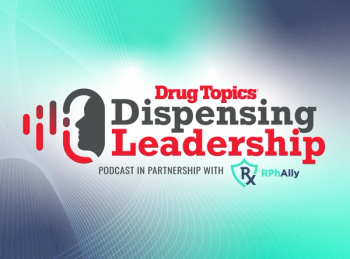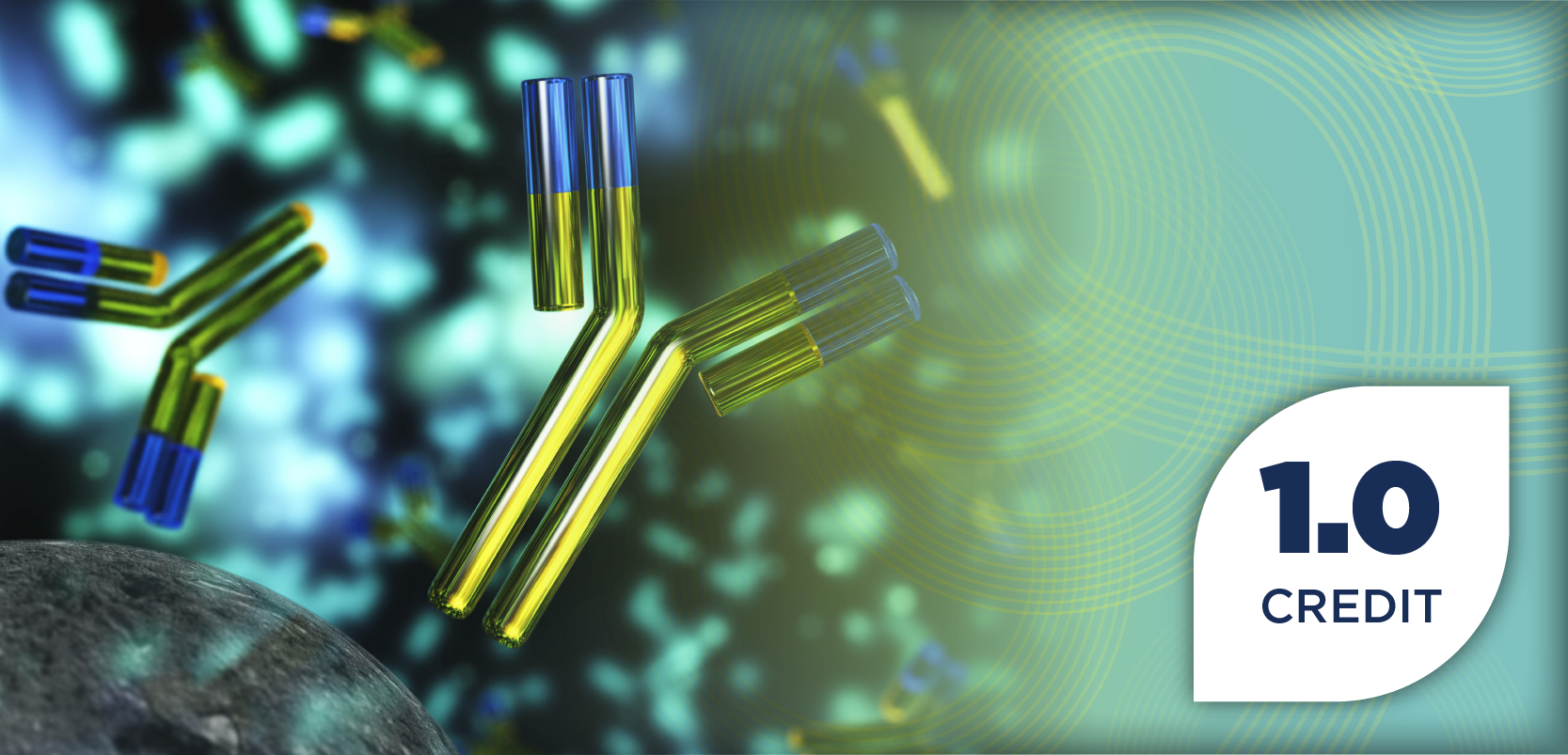
SGLT2is Lower CKD Risk Regardless of eGFR, Albuminuria
Key Takeaways
- SGLT2is effectively reduce CKD progression and serious kidney outcomes, regardless of eGFR or albuminuria levels.
- Historically restricted due to acute kidney injury concerns, SGLT2is are now recognized for broader benefits beyond glycemic control.
Exploring SGLT2is’ impact on the kidney, researchers aimed to understand if the drugs’ effects varied by estimated glomerular filtration rate or albuminuria.
Sodium-glucose cotransporter 2 inhibitors (SGLT2is) lowered the risk of chronic kidney disease (CKD) progression regardless of patients’ estimated glomerular filtration rate (eGFR) or albuminuria, according to authors of a study published in JAMA.1
On top of their efficacy in managing CKD progression, SGLT2is were also found to reduce serious kidney injury and failure, highlighting this drug class’ authoritative place in treating patients with type 2 diabetes (T2D), CKD, or heart failure.
“Because their glucose-lowering efficacy declines at lower eGFR values and due to concerns about the risk of precipitating acute kidney injury, the use of SGLT2is—originally developed as glucose-lowering agents—has historically been restricted in patients with impaired kidney function,” wrote authors of the study.1 “Although regulatory thresholds for initiation have been revised in recent years, routinely collected data from health systems worldwide indicate that patients with lower eGFR remain less likely to receive an SGLT2i.”
The SGLT2i drug class—similar to that of glucagon-like peptide 1s (GLP-1s), which have increased in use by 40-fold between 2017 and 20212—has made monumental improvements among patients with various diseases.
READ MORE:
While these drugs were originally manufactured to provide glycemic control for patients with diabetes, SGLT2is have expanded to people with kidney complications because of the drugs’ ability to reabsorb glucose in the kidneys. According to NPJ Metabolic Health and Disease, SGLT2is are now used among patients with “heart failure, CKD, and T2D, with increasing interest in management of steatotic diseases of the liver and weight loss.”3
Another study from BMC Nephrology reported that just 32.9% of patients with both T2D and CKD are treated with SGLT2is in clinical practice.4 Furthermore, guidelines are even more uncertain when it comes to recommendations for SGLT2is and their use in CKD based on albuminuria, leading researchers to conduct a collaborative review of clinical trials on SGLT2is.
The SMART-C SGLT2i Studies
“To address these uncertainties, a collaborative meta-analysis of trials participating in the SGLT2 Inhibitor Meta-Analysis Cardio-Renal Trialists’ Consortium (SMART-C) was conducted to evaluate the impact of eGFR and albuminuria on the kidney-protective effects of SGLT2is,” continued authors of the study.1
SMART-C was established in 2022 to shed a greater light on SGLT2is and their effects on patient outcomes in clinical trials.5 The current study is a revisitation of SMART-C, where researchers conducted a meta-analysis of 10 trials.1
The study’s primary outcome was the progression of CKD among SGLT2i users. Specifically, CKD progression constituted kidney failure, at least 50% reduction in eGFR, or death due to kidney failure. Furthermore, kidney failure was defined as needing to receive dialysis, kidney transplant, or an eGFR below 15 mL/min/1.73 m2. Other notable outcomes explored in the study, the authors noted, included annual rate of eGFR decline and kidney failure.
SGLT2is’ Impact on CKD Progression
The follow-up meta-analysis using SMART-C data included a total of 70,361 participants (mean age, 64.8 years; 35% women).1 Among the study population, 3.3% reported CKD progression and 1.4% kidney failure.
“In this large, collaborative meta-analysis using individual participant data, SGLT2is reduced the risk of all kidney outcomes studied, including kidney failure alone,” they wrote. “Importantly, SGLT2is lowered the risk of CKD progression across the full spectrum of eGFR and urinary albumin to creatinine ratio, including among participants with eGFR less than 30 mL/min/1.73 m2 and those with little to no albuminuria, for whom current guidelines offer weaker recommendations.”
Indeed, contradicting previous guidance on SGLT2is for treating CKD, their use in the current study significantly lowered risks of CKD progression regardless of patients’ eGFR or albuminuria. For other areas of SGLT2i efficacy explored in the study, the drugs also significantly reduced the annual rate of eGFR decline as well as risks of kidney failure.
Despite previous research providing caution when it comes to using SGLT2is in certain cases of CKD, data from this meta-analysis show that this medication class is increasingly growing to treat a variety of conditions outside of diabetes and baseline CKD progression. Despite future research that is inevitable to further understand these drugs’ effects, SGLT2is are now evident in treating T2D, CKD, and heart failure.
“SGLT2is lower the risk of CKD progression regardless of baseline eGFR or albuminuria and reduce serious acute kidney injury and kidney failure,” the authors concluded.1 “These data provide strong support for their routine use to improve kidney outcomes across the spectrum of kidney function and albuminuria among patients with T2D, CKD, or heart failure.”
READ MORE:
Ready to impress your pharmacy colleagues with the latest drug information, industry trends, and patient care tips? Sign up today for our
REFERENCES
1. Neuen BL, Fletcher RA, Anker SD, et al. SGLT2 inhibitors and kidney outcomes by glomerular filtration rate and albuminuria: a meta-analysis. JAMA. November 07, 2025. doi:10.1001/jama.2025.20834
2. Logan P. On the increase in use of GLP-1s. Indiana University School of Medicine. June 27, 2024. Accessed November 11, 2025. https://medicine.iu.edu/blogs/bioethics/on-the-increase-in-use-of-glp-1s
3. McLean P, Bennett J, “Trey” Woods E, et al. SGLT2 inhibitors across various patient populations in the era of precision medicine: the multidisciplinary team approach. NPJ Metab Health Dis. 2025 Jul 1;3:29. doi: 10.1038/s44324-025-00068-z.
4. Jeong SJ, Lee SE, Shin DH, et al. Barriers to initiating SGLT2 inhibitors in diabetic kidney disease: a real-world study. BMC Nephrol. 2021 May 14;22(1):177. doi: 10.1186/s12882-021-02381-3.
5. SGLT2 inhibitor meta-analysis cardio-renal trialists consortium (SMART-C). SMART-C. Accessed November 11, 2025. https://www.smart-c.net/
Newsletter
Pharmacy practice is always changing. Stay ahead of the curve with the Drug Topics newsletter and get the latest drug information, industry trends, and patient care tips.





















































































































































